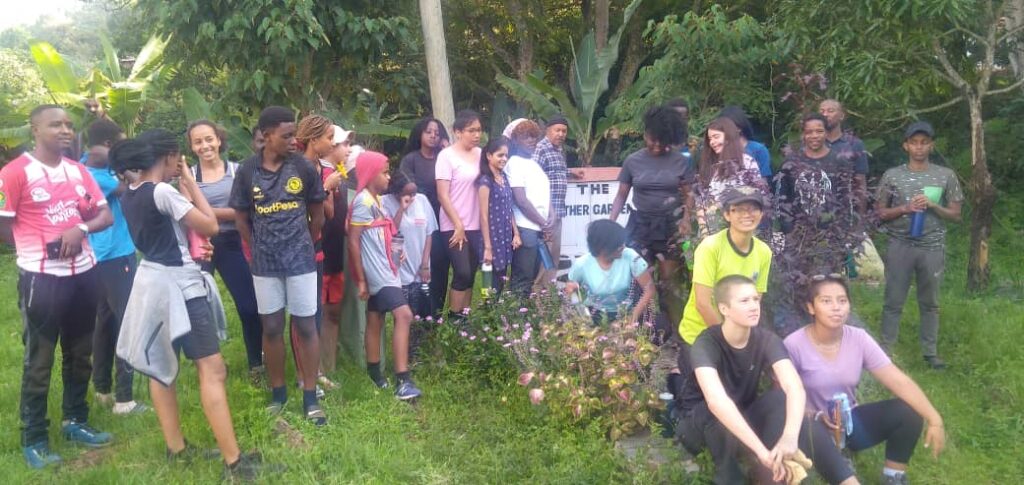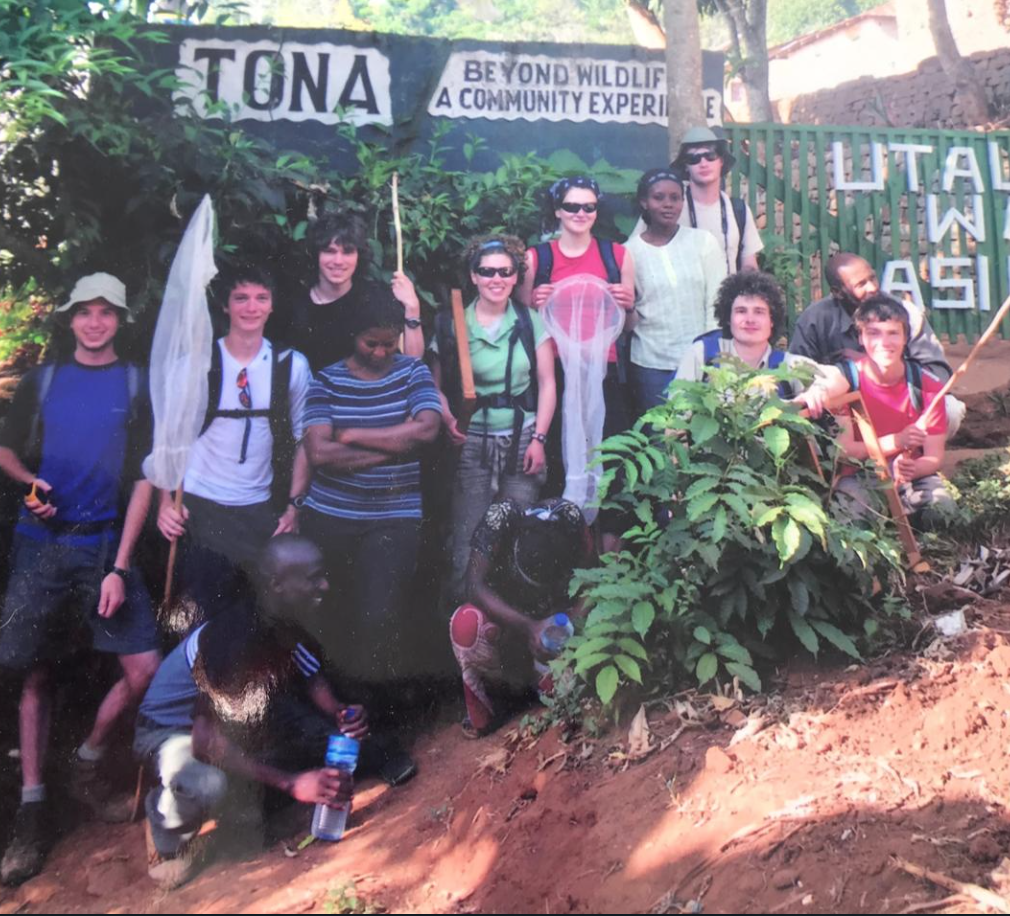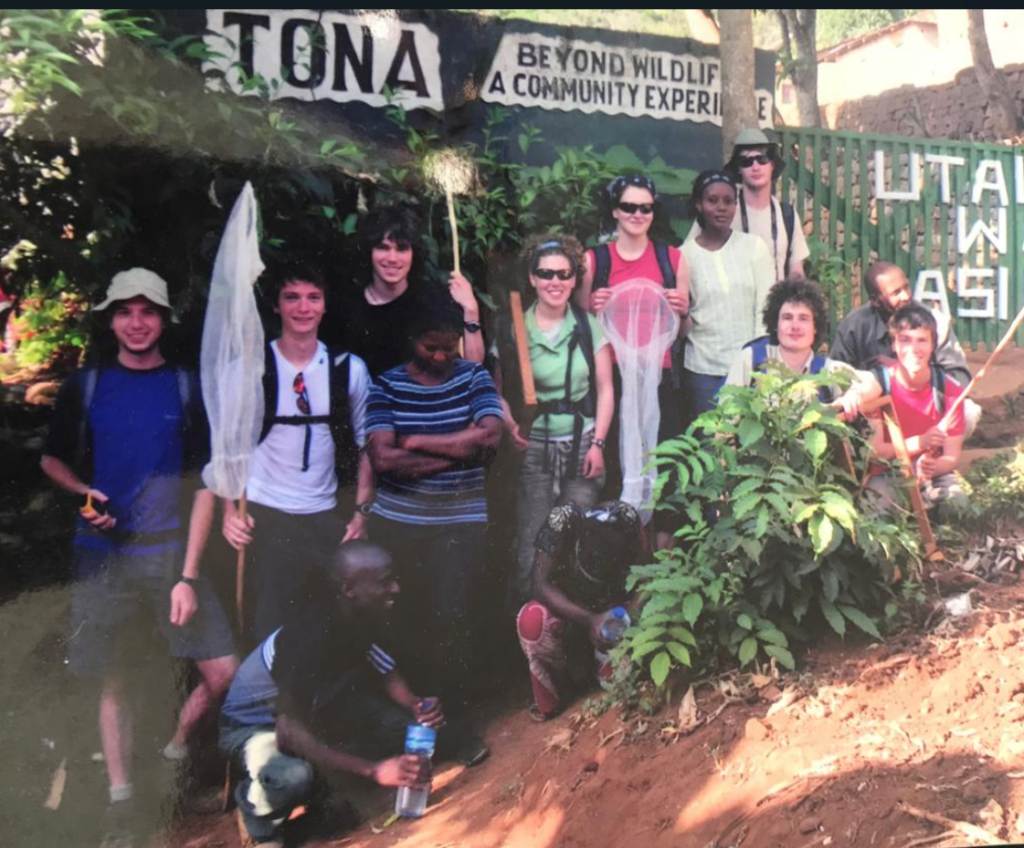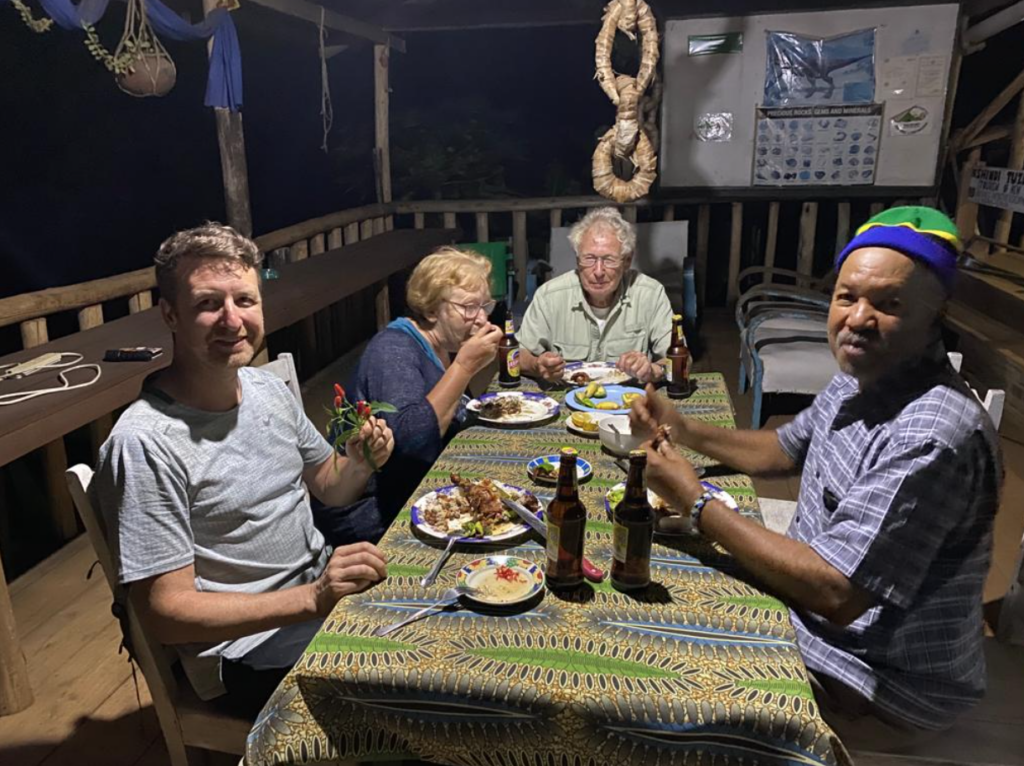
By Elly D. Kimbwereza, Tona Lodge (tonalodge.org)
I believe that Tanzania’s heritage of its cultural values should be recognized as our country’s most precious resource coupled by our wild land and animals because the rewards of wildlife and nature conservation can be reaped sustainably through multi- use tourism benefiting not only tourists but Tanzania’s land, animals and rural communities. We strive to promote greater consciousness of the possibilities and responsibilities of cultural tourism on this great country.
By embarking on a journey with us to our rural villages you play an important part in our ambition to create villages in which people feel good, integrating international travelers and village people to their mutual benefit and demonstrating that tourism can and should be managed on a sustainable basis by all.

We invite you to our remote villages in Tanzania and experience its magic and be part of its positive change.
By showing your support and choosing to visit our villages through cultural tourism enterprises spread in almost every region and district of our country your galvanizing real hope for the advancement of green frontiers and permanent reestablishment of our village peoples economic well being, conservation of wild spaces and threatened cultures and species .
I was privileged to have beeen the first chairman of Tanzania Association of cultural Tourism Organizers and that position gave me an insight into the many remote villages of this country after founding the Pare cultural tourism. For this reason I will talk more about the Pare mountains cultural tourism dream project for which I have a better understanding. Our country’s tourism resource base is so immense that if it were only half tapped, Tanzania could easily be a self contained tourism destination on her own right. Until now our country’s tourism business continues to be an appendage of Kenya’s tourism with foreign visitors spending 5-7 days here at most and some 14 days or more of their holidays in Kenya’s beaches or wildlife areas.
Many regions in Tanzania are endowed in their own ways with very unique attractions which could be developed and marketed for international tourism. Unfortunately, most of these attractions are hardly known beyond their borders or are inaccessible hence not developed and promoted for tourism purposes
“Take off your shoes for this is holy ground” is what many visitors who travel long distances to the Southern Pare mountains feel or tell themselves.
So do many local and international visitors entering this remote and in the recent past virtually inaccessible area.
Pare mountains is a charming place even though not enough has been written printed and said both in words and pictures. The mountains has old features millions of years older than the nearby famous mount Kilimanjaro whereby time has evolved unique Flora and Fauna found nowhere else in the world. Mkomazi National Park found on the foot of these mountains is described in scientific publications as having grea biological significance, representing one of the richest savannas known in Africa and containing many species found nowhere else in Tanzania an 1/3 of plants classified as unique in the world No wonder Prince William of the British royalty found Mkomazi a befitting place for him to spend his holiday there recently.
Our journey starts from a District town Same; 120 km. from Moshi on the Aursha – Dar es Salaam Highway.
Hills are everywhere as you drive on the winding roads to the mountain villages. Natural awesome forces created the landscape over Millions of years but men and women continue to mould it to its present appearance. In the shadows of the mountains deep green valleys, numerous trickling away river’s and streams. The landscape is littered with a legacy of human endeavors from our ancient past. Mysterious stones, imposing residential houses and churches continue to transform the landscape too.
Miles of winding roads that cris-cross the landscape and the villages agricultural patchwork fields, soft contours of the lowlands also transform the landscape. And yet those high mountains and deep valleys still prevail –just as powerfully impressive as when our remote ancestor’s first set eyes on them. They are mountains of incredible beauty, rich diversity and abundant, offering a visitor great variety of attractions. Your days stay in the Pare mountains will provide you with a unique view of a distant and largely unknown culture apart from enjoying the natural features of the hills.
The local people are extremely friendly and would like to share your heartbeat with them. They do everything in their power (always with a smile) to show their villages tourist attractions with English speaking guides as intermediaries, thus impacting cultural information to visitors. Unlike many other places especially in big towns where people have made begging almost a tradition, here you will never ever meet a beggar other than excited children leaping into the air, shouting “Mzungu! Mzungu” Hands would be thrust to seize yours and shake them as if you just won some motor rally. You may never ever receive such a welcome anywhere else in Africa.
There in an English adage which says “Familiarity breeds contempt” Tourism is a numbers game. There are almost a billion people globally who behave as tourists annually, spending trillions of dollars (in cash) on products they experience and then leave behind for resale over and over again. Entailing the importation of customers instead of the export of products, it is ideally suited to Tanzania’s circumstances, yet our country Tanzania currently enjoys an infinitesimal share of this market.
We have familiarized ourselves talking about Ngorongoro, Serengeti Kilimanjaoro and Zanzibar only so much so that talking about the vast potential of tourism in our villages through cultural tourism seems like a crazy idea. Similarly at municipal level some cities that a large chunk of revenue that depend on tourism as their main source of revenue do not have a tourism plan.

As a result funding for tourism development and promotion is never proportionate to its contribution and always inadequate, which severely handicaps the many dedicated people working within these structures. It is not that Tanzania is better, but that it is different and what we need to do is to become aware ourselves of the value of that difference and to turn it into an asset for others to appreciate. And that is what I am currently doing in the South Pare mountains Same. Visitors always appreciate the pride you display in what is yours which often will be why they visit your area in the first place for your food, music, architecture, and everything else. You spoil it all when you try and be something else.
Vision
Looks like we need to have a vision of hope – something to aim for, a dream of our own and a star upon which to hitch our tourism wagon. To turn the splendour of Tanzanias natural and cultural heritage into one of the most valuable products on earth should be such a vision. It is a vision to which all can subscribe because it has benefits for all. Whether old or young, rich or poor Mzungu or Mswahili, male or female everybody stands to benefit from pursuing these goals.
It is something with which to capture the imagination not only of Tanzania but the world. It is also a means of nurturing Tanzania’s pride and fulfilling our quest for global esteem of bringing about a rebirth of Tanzanians confidence in her own traditional beliefs and institutions and abandoning our acute sense of failure and inadequacy.
I call upon fellow Tanzanians to take Tanzania to a new level in the tourism sector.
* Elly D. Kimbwereza is the coordinator and Founder of Cultural Tourism in the Pare Mountains. Winner (2016) World Quality International Star Award on Promoting Quality Culture.



